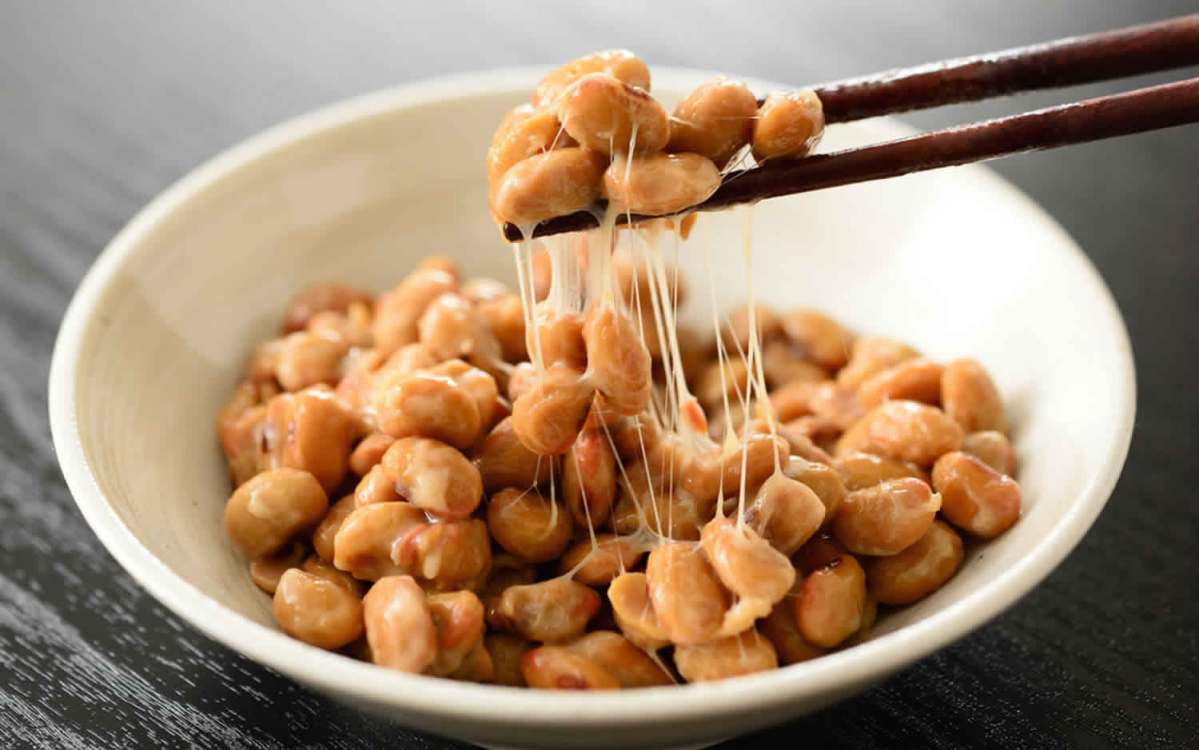Aspirin is an old staple for life extension.Lately it has received bad press.For those who wish to replace aspirin, there are two actions that must be considered: anti-inflammatory and blood thinning.
There are many good anti-inflammatories, all of which act through similar pathways, so that in the end we dont know have optimal control over increasing inflammation.There are many prescription blood thinners, but no evidence that they increase life expectancy.Nattokinase and lumbrokinase are natural products, in a class by themselves.
They show great promise, but there are no good studies.Years ago, I wrote that aspirin and vitamin D were an easy, cheap way to buy a modicum of life extension.I still think thats true.It has been 4 years since thelast time I wrote about aspirin.Ive become more suspicious ofulterior motives in the medical literatureduring these years.
Not only do they rig the trials of the drugs that they own and hope to profit from, they also fund research to try to discredit anything out-of-patent that might compete with their newest drugs.Witness the suppression two years ago ofhydroxychloroquineandivermectin, and chronic effortsagainst vitamin D.There is an ongoing campaign to discredit daily low-dose aspirin as a generalized preventive, a lot of coverage in major media based on differences that are barely statistically significant.This studywas shut down after 3 years, based on a marginally significant indication of increased mortality in the aspirin arm.It has long been recognized that some studies must be discontinued if, along the way, it becomes overwhelmingly clear that one treatment branch is experiencing harm; but when ethics is invoked in alignment with the interests of pharmaceutical capital, I get suspicious, maybe cynical.
Some of the benefits of aspirin become activeonly after 5 yearsof accumulated anti-inflammatory effects.Shutting down the trial assured that these benefits would never be reported.Dual benefitThe benefits of aspirin fall into two categories: As a blood thinner, aspirin prevents heart attacks and strokes.As an anti-inflammatory, aspirin lowers the risk of all the diseases of old age, including AD, CVD, and cancer.We know a great deal about aspirin because it has been in use since 1897, and daily low-dose aspirin has been prescribed to tens of millions of people since 1980.
With 125 years of safety data, whatever risks there are must be very subtle indeed.The primary risk is forulcers and bleedingof the upper GI tract.It is real, but affects a small percentage of people.The anti-clotting benefits of aspirin are immediate, but the anti-inflammatory benefits unfold over many years.
Short-term studies risk short-changing aspirin.For those who experience GI bleeding or those who wish to avoid the risk, other NSAIDs are not an improvement.Better to replace aspirin with two separate strategies, one for blood thinning and one for inflammation.Blood clotting is a balancing actBlood must flow smoothly through capillaries that are no bigger than the red blood cells themselves.But when the body is injured, blood must be able to clot quickly and reliably to stem the loss of blood.
The chemistry of blood clots is delicately balanced and tightly regulated, a marvelously adaptive system that we take for granted.All heart attacks are exacerbated by blood clotting, and for most, blood clots are the proximate cause.87% of strokes are ischemic, caused by blood clots, with the remaining 13% hemorrhagic, caused by the opposite uncontrolled bleeding in the brain.Thinning the blood can increase the risk of hemorrhagic stroke, while decreasing risk of heart attacks and ischemic strokes.How does aspirin workPlatelets are the smallest cells in your blood, and there are about 1 for every 20 or 30 red blood cells.
When platelets are activated, they clump together to form blood clots.Platelet activation is a self-reinforcing cascade, as activated platelets produce the enzyme thromboxane (or TxA2) which causes more activation, both within the same platelet and nearby.Producing TxA2 requires an intermediate step involving another enzyme, cyclooxygenase (COX2).
Aspirin works by binding to COX2, effectively pulling it out of commission.Less COX2 means less TxA2, and less platelet activation.Other blood thinnersP2Y12 antagonists are a class of prescription drugs that keep activated platelets from clumping together.The glue that binds platelets is adenosine diphosphate, or ADP, and P2Y12 antagonists bind to the same receptors on the surface of platelets where ADP normally goes, so they block the station and displace the ADP glue.
Clopidogrel, ticlopidine, ticagrelor, prasugrel, and cangrelor are all P2Y12 antagonists.Warfarin=Coumadin blocks the effect of vitamin K.Vitamin K, in turn, is a precursor of four enzymes which are necessary for blood clotting, including prothrombin and osteocalcin.Warfarin is the most dangerous of the prescription blood thinners.Calcium, clotting and vitamin KVitamin K is not dangerous.
Should you ingest too much vitamin K, it will not be turned into the clot-promoting enzymes.Calcium is a structural component in bones, and calcium works with magnesium to create the signal that makes muscles contract.There is a dynamic and tightly-regulated steady state between calcium circulating in the blood and calcium bound in bones.Vitamin K tends to move calcium out of blood, into bones, and vitamin D does the opposite, moving calcium out of bones.
This is the reason for the recommendation that vitamins D and K be taken together.Excess calcium in the blood can lead to calcium deposits on artery walls, hardening of the arteries.Vitamin K is protective.The relevant form of K is vitamin K2, which isfound in fermented vegetables and full fat yoghurts, and is also produced in the gut by a healthy microbiome.Factor Xis another pro-clotting enzyme that is downstream from vitamin K.
A newer class of anti-clotting drugs targets factor X.Eliquis, Xarelto, Savaysa, and Betrixaban all work in this way.Inhibitionof factor X appears to be a potent path to dissolving persistent blood clots (deep vein thrombosis), but lower factor Xdoes not correlate with long-term healthbenefits.Nattokinase for preventing and dissolving blood clotsNattokinase (NK) is an enzyme derived from fermented soy (Japanese natto), which thins blood by a different mechanism than aspirin.
It is absorbed well when taken orally.There is reason to believe it does not cause ulcers or increase risk of hemorrhagic stroke.It may be superior in every way to expensive, patented blood thinners like Xarelto and Eliquis, but it is not patentable so drug companies are not motivated to do direct comparison studies (and NIH has not stepped up to fund such studies in their stead).Nattokinase was misnamed by its discoverer (Hiroyuki Sumi) in 1980.
It is not a kinase (energy enzyme) but a protease, an enzyme that breaks up proteins by dissolving peptide bonds.In particular, it works by degrading fibrinogen and serine.Nattokinase works directly on blood clots, dissolving the fibrin bonds that hold platelets together.It does not work by tipping the scales of the bodys innate system that balances clotting and anti-clotting factors.
In this respect, it is different from all the anti-clotting drugs mentioned above.It is short-acting and gets out of the system quickly.Lumbrokinase, derived from earthworms, is a similar compound, and it has a long tradition in Oriental medicine.Gram for gram, lumbrokinase may beeven more potentthan nattokinase.
Lumbrokinase has been used totreat Lyme disease.For aspirin and other NSAIDs we have long-term data from millions of people who take the product daily.For nattokinase and lumbrokinase, there have been no such studies.Here is atrial currently underwaythat might begin to close the gap.Bonus: For people with long COVID or ongoing damage from the mRNA vaccines, NK has a dual benefit.
First, NK can dissolve blood clots, the most common problem associated with the viruss spike protein.And, second, NK actually binds to the spike protein itself and causes it to degrade.Some percentage of vaccinated individuals retain the mRNA or integrate it into the genome, so that the toxic spike protein is still being produced in the body months after injection.
NK can be part of adetox programfor those with ongoing COVID vaccine injuries.Theresin vitroevidencethat NK can inhibit viral growth, including SARS-CoV-2.Anti-inflammatory drugs and supplementsThere are many good options for dialing down inflammaging, though nothing we know can completely block the increase in systemic inflammation with age.Ivewritten in the pastabout omega 3 oils, curcumin, berberine, resveratrol, ashwagandha, and boswellia.These are all good alternatives if for any reason you are disinclined to take NSAIDs.Starchy and sugary diets are pro-inflammatory.
Exercise is the best anti-inflammatory of all.Leafy greens, berries, and mushrooms are anti-inflammatory foods.Green tea, ginger, cloves, and rosemary can also be helpful.The Bottom LineAs always, we wish we had more data, especially concerning the natural supplements and cheap, out-of-patent drugs for which there is insufficient financial incentive to perform expensive, long-term studies.We dont have evidence to support the role of blood thinning drugs as protection against long-term risk of heart disease or stroke, or for decreasing all-cause mortality.Nattokinase may be an exception, but we need better studies to know for sure.Anti-inflammatories, however, are well-supported by animal studies, by longitudinal studies, and by theory.
If we can dampen inflammaging, we can decrease risk of heart disease, stroke, cancer, and AD.


